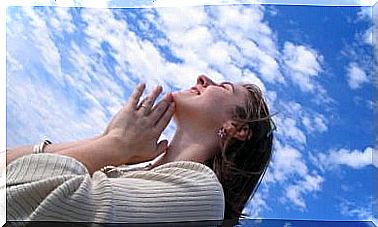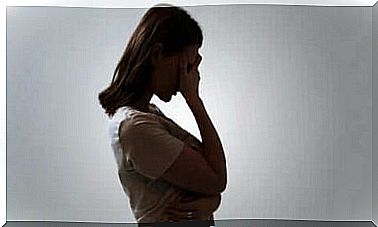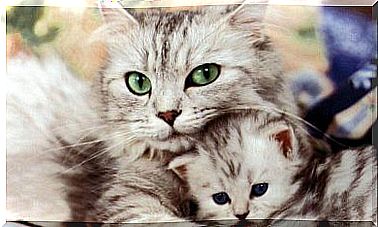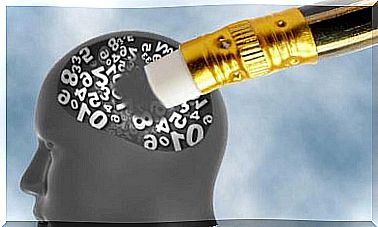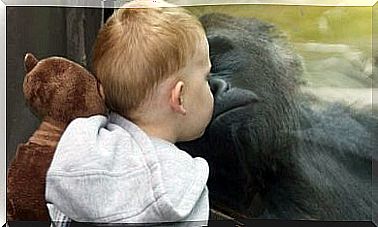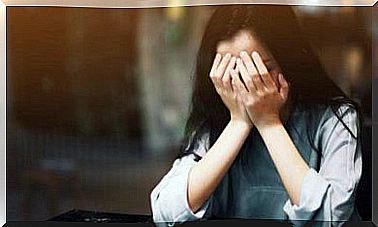Panic Attacks In Children
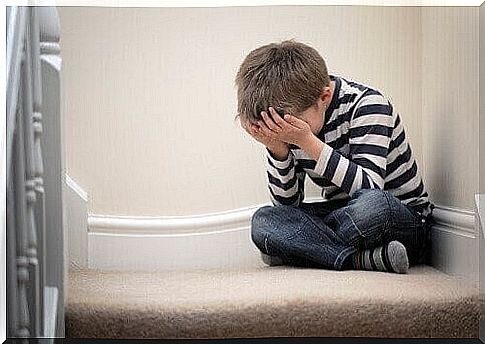
Panic attacks in children generally do not differ from those that affect adults. An element that perhaps distinguishes them is the different interpretation of the symptoms by the subject. Let’s see, first of all, what this disorder consists of.
Panic attack is an anxiety disorder. Anxiety is a human emotion, a very human emotion. It consists in the activation of the autonomic nervous system in the face of stimuli or situations considered threatening. It therefore has an adaptive character since it presides over survival by activating the resources of our body.
Anxiety becomes a problem when it reaches too high an intensity or when it appears in situations where there is no real cause for alarm. In this case it loses its adaptive meaning to become discomfort or abnormal functioning of our mind.
Children and anxiety
Children and adolescents, just like adults, can have an anxiety disorder. Some events – such as starting school, the birth of a sibling, the loss of a family member, or a move – can facilitate the onset of the problem.
Although it shares many elements with adult anxiety, it is the reaction to symptoms that differs significantly. The negative consequences of childhood anxiety can be more severe than that of adult anxiety. This is explained by the fact that a child has not yet developed the necessary resources to manage and cope with it.

In some cases, events that are so negative that they have a very strong emotional impact can interfere with the growth process. Moreover, the repercussions can manifest themselves at school, in the family, in the social or personal sphere and evolve towards more serious pathologies.
Some anxiety disorders are more common in childhood than others, as is the case with generalized anxiety. Others are age-specific or related to circumscribed events, such as separation from parents or another attachment figure.
Panic attacks in children
Panic disorder is characterized by the recurring presence of attacks that can last for minutes or hours. These consist of somatic (physiological) and cognitive symptoms which reach their greatest intensity in the first ten minutes. After that, they gradually decrease.
Typical symptoms of a panic attack are as follows:
- Palpitations, arrhythmia or increased heart rate.
- Sweating.
- Tremor.
- Feeling of wheezing or shortness of breath.
- Feeling of suffocation.
- Chest tightness or discomfort.
- Nausea and abdominal discomfort.
- Unsteadiness, dizziness or fainting.
- Loss of sense of reality or depersonalization.
- Fear of losing control or going crazy.
- Fear of dying.
- Paresthesias.
- Chills or hot flashes.
In children, the most frequent symptoms are palpitations, tremor, respiratory distress and nausea (Last and Strauss, 1989). As you can see, cognitive symptoms (fear of dying or losing control) are less common in children. On the contrary, somatic or physiological symptoms predominate.
Panic attacks in children are more common in girls. Prevalence is low in children. An overall prevalence of 1% is observed in adolescents (Lewinsohn, Hops, Roberts, Secley & Andrews, 1993).
Sometimes panic disorder in children accompanies agoraphobia. The latter is characterized by intense fear of being in situations from which it is difficult to escape or ask for help if a symptom arises.
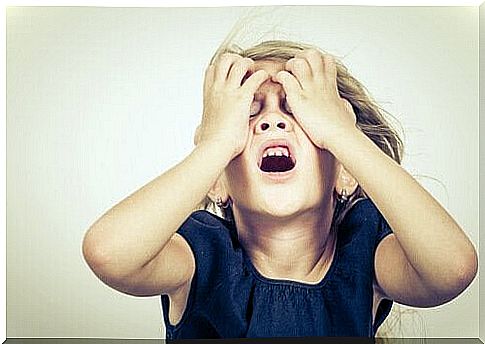
Explanatory model of panic attacks in children
Ley (1987) believes that anxiety and stress are two triggers of hyperventilation, along with other marginal precipitating factors (health conditions, exercise, caffeine intake, etc.).
Hyperventilation causes the baby to breathe in excess of his metabolic needs. Ventilation that is too high compared to the production rate of carbon dioxide produces a drop in the latter in the blood below normal values.
The sensations that accompany hyperventilation (sweating, tachycardia, palpitations, dizziness, altered vision, feeling of asphyxia and breathing difficulties, cramps, etc.), cause fear in the child. This sets the fight-flight mechanism in motion, intensifying the symptoms of hyperventilation and the fear of the symptoms themselves.
The increase in symptoms and the consequent fear lead to a vicious cycle that can culminate in a panic attack. However, hyperventilation is not the only factor explaining panic attacks in children. Other elements are the physical predisposition and the Pavlovian conditioning that explains the panic attacks by process of association.
As we have seen, panic disorder is very similar in children and adults. The most important difference lies in the way the subject interprets symptoms, as well as in the minor or major presence of physical or cognitive symptoms.
